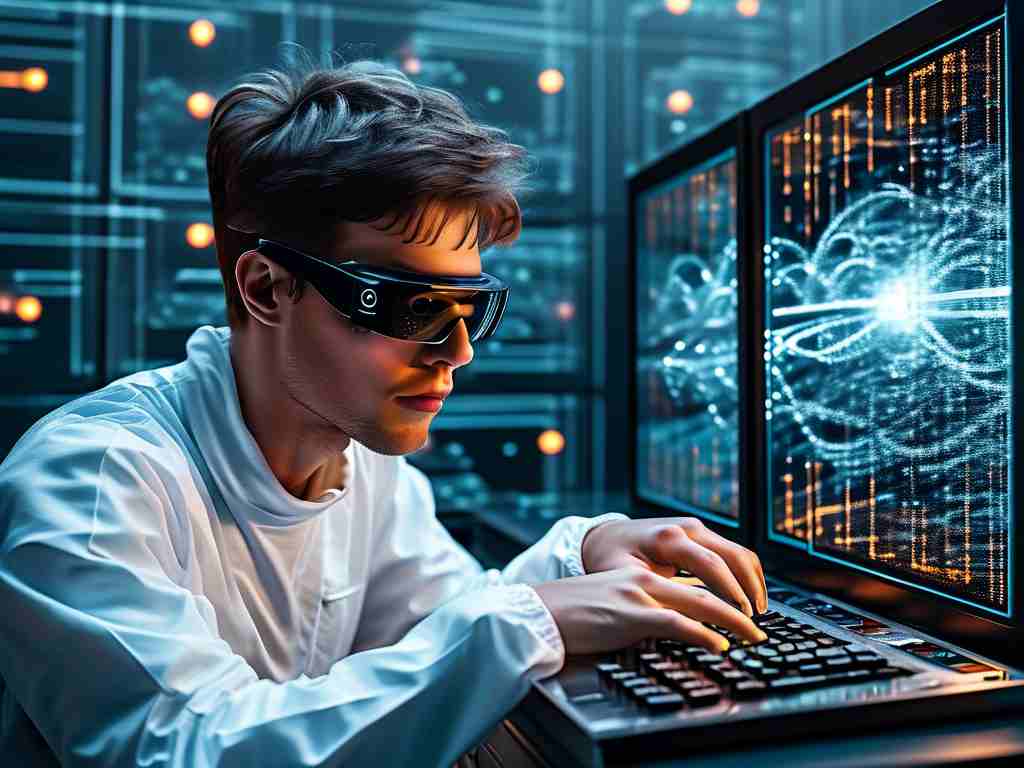Quantum information technology has emerged as a transformative field bridging physics, computer science, and engineering. Academic programs focusing on this discipline aim to equip students with theoretical knowledge and practical skills to address challenges in quantum computing, communication, and sensing. Below is an overview of the essential courses that form the backbone of a quantum information technology curriculum.

Foundational Theoretical Frameworks
At the core of any quantum technology program lies advanced quantum mechanics. Courses such as Quantum Mechanics for Information Systems delve into wave functions, superposition, and entanglement while emphasizing their applications in data processing. Students explore mathematical tools like Hilbert spaces and tensor products to model quantum states. Another critical area is Quantum Algorithms and Complexity, which introduces Shor’s algorithm for factorization and Grover’s search algorithm. These classes often involve coding simulations using platforms like Qiskit or Cirq to demonstrate quantum advantage over classical systems.
Elective modules like Quantum Error Correction address the fragility of quantum states. Topics include stabilizer codes, surface codes, and fault-tolerant designs—key concepts for building reliable quantum hardware.
Hardware-Oriented Training
Quantum hardware design is another pillar of the curriculum. Courses such as Quantum Device Physics cover superconducting qubits, trapped ions, and photonic quantum systems. Labs accompany these lectures, allowing students to engage with cryogenic setups or laser alignment tools. Quantum Electronics and Control Systems teaches pulse-level manipulation of qubits using techniques like microwave engineering and feedback loops.
Specialized tracks might offer Nanofabrication for Quantum Technologies, where learners gain hands-on experience in cleanroom environments to create qubit structures. Such practical training ensures graduates understand both the limitations and innovations in current quantum hardware.
Software and Simulation Tools
Programming is integral to quantum technology. Courses like Quantum Programming Languages introduce domain-specific languages such as Quipper and Silq. Students write code to optimize quantum circuits or simulate entanglement dynamics. In Quantum Machine Learning, participants explore hybrid classical-quantum neural networks and their potential in solving optimization problems.
Collaborative projects often involve simulating quantum key distribution protocols or benchmarking quantum processors against classical supercomputers. These activities bridge theory with real-world implementation challenges.
Interdisciplinary Connections
Quantum information technology thrives at the intersection of multiple fields. Electives like Quantum Cryptography merge cybersecurity principles with quantum mechanics to design unbreakable encryption methods. Quantum Sensing and Metrology applies quantum superposition to develop ultra-precise sensors for medical imaging or gravitational wave detection.
Additionally, ethics and policy courses address the societal impact of quantum advancements. Discussions might cover the risks of quantum computing to existing encryption standards or the global race for quantum supremacy.
Research and Industry Engagement
Capstone projects and thesis work allow students to contribute to cutting-edge research. Partnerships with tech companies provide internships in quantum software development or hardware testing. Conferences and workshops expose learners to breakthroughs like topological qubits or quantum networking protocols.
Graduates from these programs are prepared for roles in academia, national labs, or private-sector R&D teams. As quantum technologies mature, professionals with this interdisciplinary expertise will drive innovations in computing, secure communication, and beyond.
In summary, a quantum information technology curriculum blends rigorous theoretical training with hands-on experimentation. By mastering these courses, students position themselves at the forefront of a revolution poised to redefine computation and information security.









